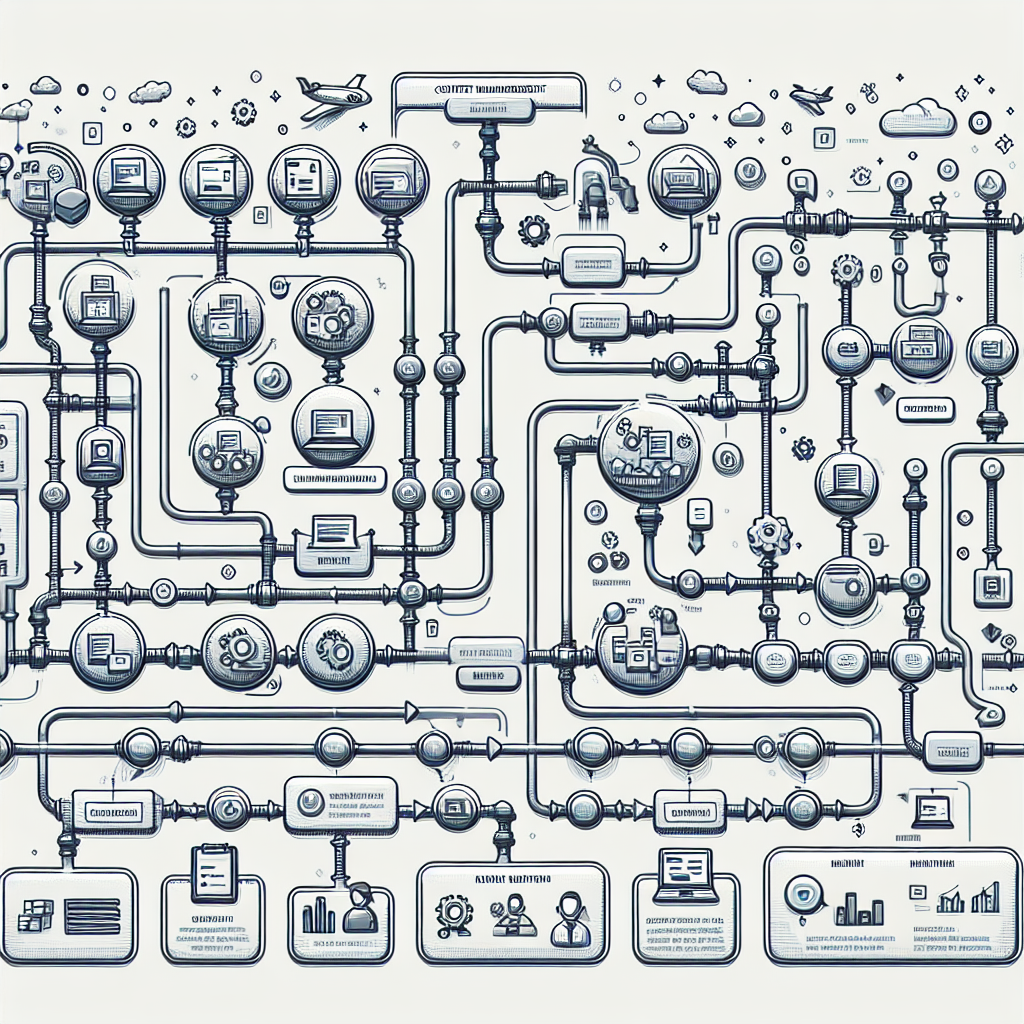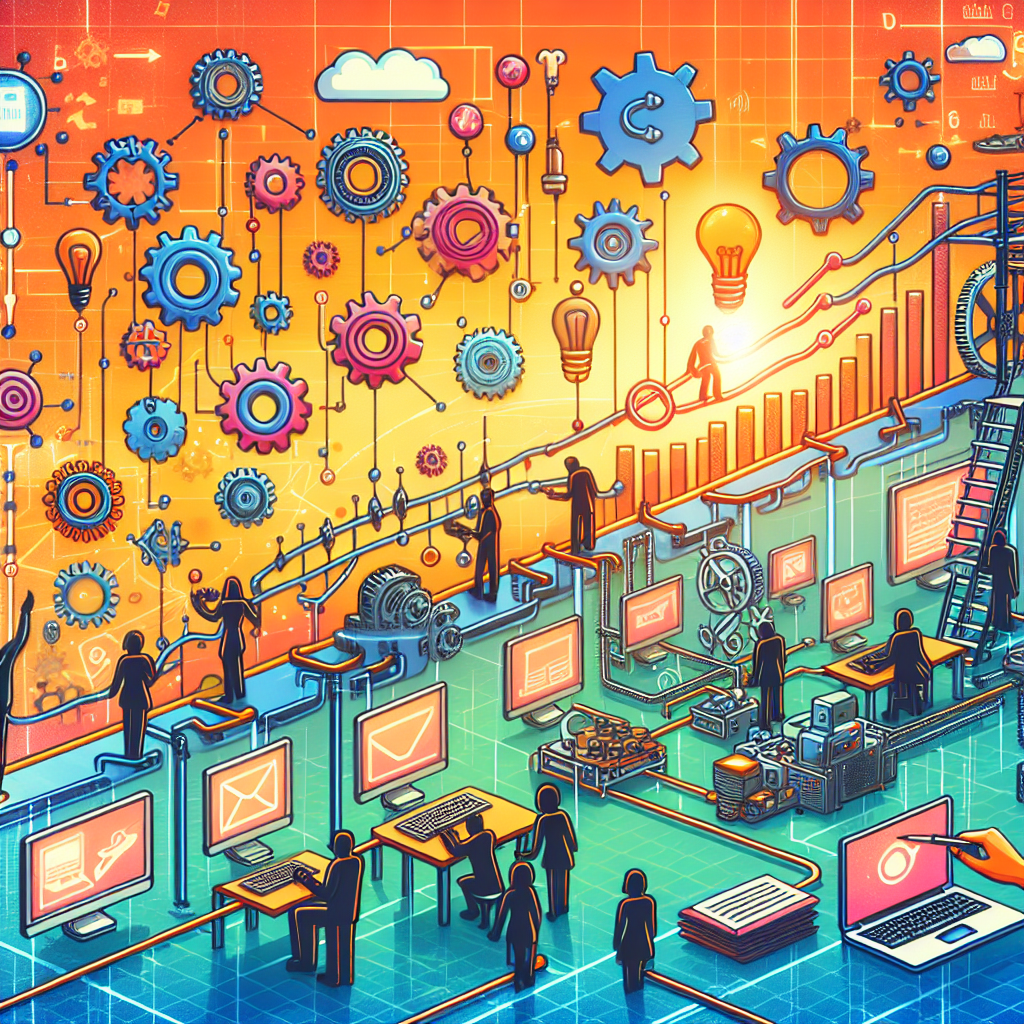Introduction
Content pipelines and workflows are crucial components in the realm of digital content creation and management. These systems are the backbone of efficient content production, ensuring that material is developed, reviewed, and delivered smoothly and effectively. As the demand for high-quality content continues to grow across industries, understanding these processes becomes increasingly relevant.
In this discussion, we’ll explore the foundations of content pipelines and workflows, why they are important in today’s digital landscape, and the recent innovations that have further enhanced their effectiveness. This information is particularly valuable for content creators, digital marketers, project managers, and anyone involved in content production.
Background Information
Content pipelines and workflows have their roots in the early stages of content management systems (CMS). Initially, content creation followed a linear path with little collaboration or automation. Over time, the need for more sophisticated systems became apparent, prompting the evolution of modern content pipelines and workflows.
Key milestones in this evolution include the development of collaborative tools like Google Docs, project management software such as Trello and Asana, and more complex CMS platforms like WordPress and Drupal. Today, these systems embody a range of automated processes, from content generation to publishing and analytics.
Some notable figures and organizations in this space include Scott Brinker, known for his work in martech, and companies like Adobe and HubSpot, which have pioneered various content management and automation tools.
Key Points
- Content Pipelines
- Content pipelines refer to the systematic process through which content is planned, created, reviewed, and published. They involve several stages, such as ideation, drafting, editing, approval, and dissemination. Each stage has specific tasks and stakeholders responsible for ensuring the content moves to the next phase smoothly.
- Content Workflows
- Content workflows are more detailed and integrated than pipelines, offering a step-by-step framework that manages the sequence of tasks, timeframes, and team roles. These workflows enable better accountability and efficiency by defining who does what and when. For example, a typical workflow might include content strategists, writers, editors, and SEO specialists, each contributing to a piece’s development.
- Statistics and Expert Insights
- According to recent studies, organizations that implement well-structured content workflows see an increase in productivity by up to 30%. Experts like Neil Patel underscore the importance of having a robust workflow to maintain content quality and consistency.
- Controversies and Differing Opinions
- One ongoing debate is whether automation can replace human oversight in content workflows. While automation tools can handle repetitive tasks, many argue that human creativity and critical thinking are irreplaceable in content creation. Still, the integration of AI and machine learning in content pipelines is an emerging trend.
- Real-World Examples
- Companies like BuzzFeed and The New York Times have showcased the power of content pipelines and workflows. They utilize advanced CMS and workflow tools to produce vast amounts of content efficiently without sacrificing quality.
Current Trends and Future Directions
Recently, there’s been a significant shift towards decentralization in content workflows, backed by cloud-based collaboration tools allowing remote teams to work seamlessly. Additionally, AI and machine learning are becoming integral, providing automated assistance in content generation and optimization.
Future directions point to even more intelligent systems capable of predictive analytics, suggesting content topics, and optimizing publishing schedules for maximum engagement. Experts predict these advancements will lead to more personalized and dynamic content experiences for users.
The impact of these trends will be profound across sectors, from marketing and journalism to education and entertainment, driving innovation and efficiency.
Conclusion
To recap, content pipelines and workflows are essential for the structured and efficient creation, management, and publication of digital content. Understanding these processes can significantly enhance productivity and content quality in any organization.
Further reading on this topic can include articles from Content Marketing Institute, books on digital content management, and academic research papers on workflow automation. Following experts like Ann Handley and organizations such as the Content Marketing Association can provide ongoing insights.
We invite you to share your thoughts or ask questions in the comments below. Consider how you might apply these concepts to streamline your own content processes or explore related topics in digital marketing and content strategy.
Related Posts:
Efficient Content Management: Pipelines and Workflows Explained (98.3% match)
Streamlining Content Creation: Pipelines and Workflows (97.92% match)
Optimizing Content Creation: Pipelines and Workflows (97.88% match)


